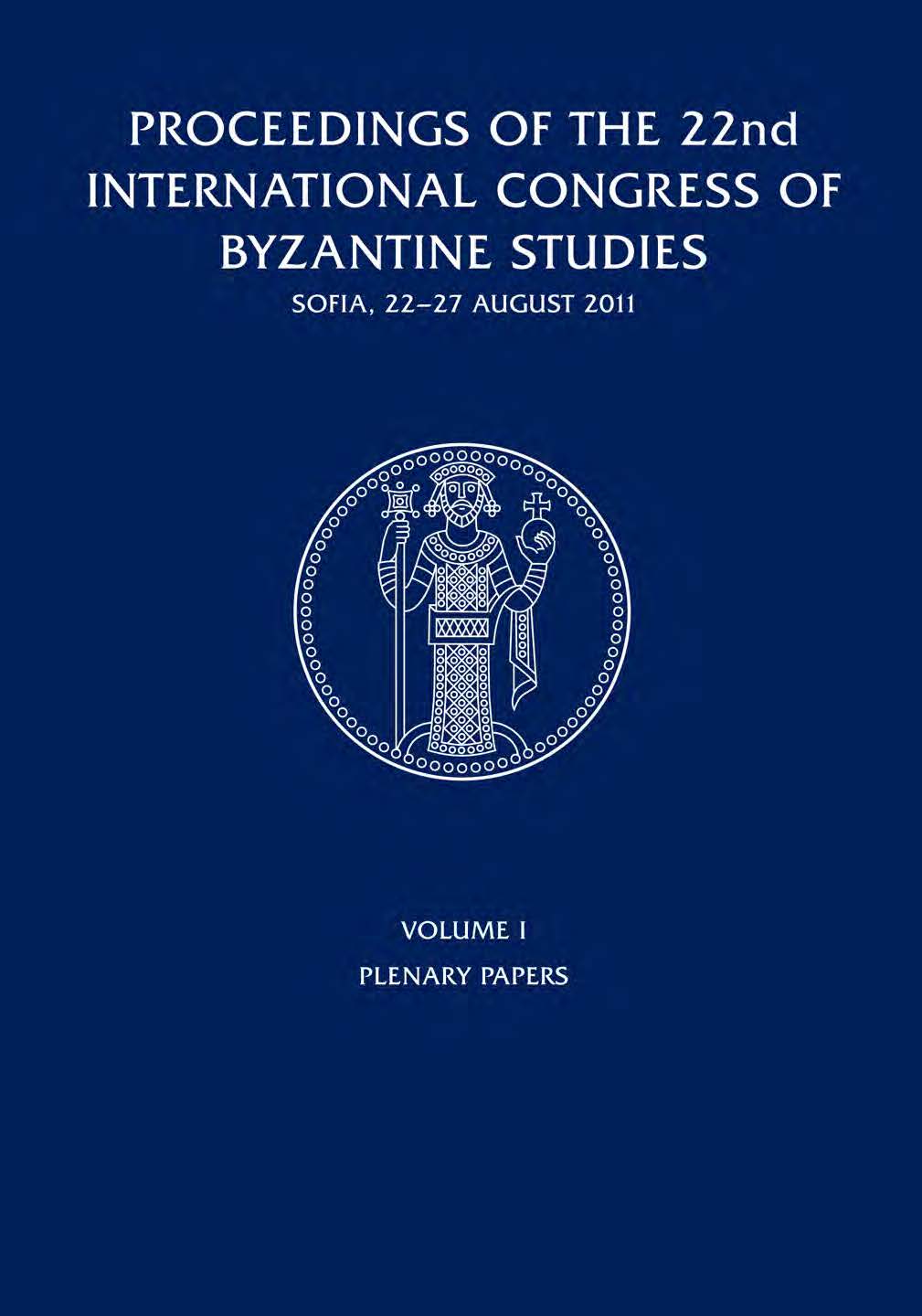
We kindly inform you that, as long as the subject affiliation of our 300.000+ articles is in progress, you might get unsufficient or no results on your third level or second level search. In this case, please broaden your search criteria.







The article deals with two Slavic parchment fragments from the library of Zographou monastery on the Holy Mountain Athos. Here are established their content and their orthographical and linguistic features. The first one (Zogr. 282) is a Serbian lectionary from the XIII c., the second one (Zogr. 285) is a Bulgarian festal menaeon from the first half of the XIV c.
More...
When discussing this topic, it is worth starting with a brief overview of the historiography of the subject. This aspect is especially important because the cultural historical study of Western esotericism took a different course in Western and Eastern (ex-East Bloc) Europe.
More...
“Be gone Satan from the body of this woman and make room for the Holy Spirit!” commanded Hildegard of Bingen, and on her words “an unclean spirit left the woman in a disgusting way through her sexual organs and with excretion. She was free.” Although this event occurred sometime in the 12th century, it faithfully catches the level of women’s medicine in the Middle Ages and several later centuries. It is not surprising, since the protection of human health was generally on a very low level in this period. This unfavourable situation was further affected by the fact that women’s medicine and obstetrics were not only not regarded as a separate branch of medicine, it was also undervalued. This is not contradicted by the fact that the medical school at Salerno probably also educated women during the period of its flourishing from 1150 to 1180. The most important female graduate was a certain Trotta or Trotula, a famous obstetrician, to whom the work On the pains of women before, during and after childbirth is attributed. At the end of the 13th century, many woman doctors also worked in Paris, but the members of the faculty of medicine there opposed them, and excommunicated them for illegal practices. All the actions around the birth of a new person were an exclusively female affair, with the presence of men wanted only at the beginning – for conception. This is also shown by the case of the Hamburg doctor Veit, condemned to death by burning in 1522, because he had dressed in the clothes of a midwife and wanted to assist at childbirths. It was only possible to help women theoretically, as the Worms town doctor Eucharius Roesslin did. In 1513, he published the book Der Swangeren Frawen und hebammen Rosengarten [The Rose Garden for Pregnant Women and Midwives]. In spite of the fact that the author did not draw from his own experience, but from ancient authors, it became one of the most frequently published books of the 16th century.
More...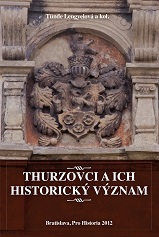
Najstaršie a aj najznámejšie pohrebné miesta podľa súčasníkov najvznešenejšieho uhorského rodu Thurzovcov sú vo farskom Kostole sv. Jakuba v Levoči. Okolnosť, okrem iného, podporuje názor o dlho hľadanom pôvode v spišských Betlanovciach. Nejeden hrob príslušníka rodu Thurzo označuje aj náhrobná pamiatka.
More...
Súčasný moderný historický výskum spoločenských elít a osobitne aristokracie v Uhorsku sa nemôže zaobísť bez bližšieho skúmania príbuzenských a rodinných vzťahov uhorských magnátskych rodov. Dôležitú úlohu pri objasňovaní týchto vzťahov má nepochybne vedecká genealógia. Napriek tomu, že genealogický výskum má u nás už úctyhodnú, vyše dvestoročnú tradíciu, nemožno konštatovať spokojnosť s dosiahnutými výsledkami. Najmä v slovenskej historiografii chýbajú genealogické pramenné edície, ako aj širšie koncipované analytické práce, ktoré by osvetľovali historické procesy cez zrkadlo rodových a príbuzenských väzieb. Prakticky neexistujú slovensky písané genealogické monografie, ktoré by súborne mapovali nobilitu na našom území a predstavovali ju cez genealogické tabuľky. Nedostatočne spracovaná je najmä aristokracia pôsobiaca na našom území v období raného novoveku. V poslednom období síce vzniklo niekoľko monografií o jednotlivých aristokratických rodoch, avšak ide zväčša o práce kompilačného charakteru, spracované na základe staršej literatúry, bez hlbších archívnych výskumov.
More...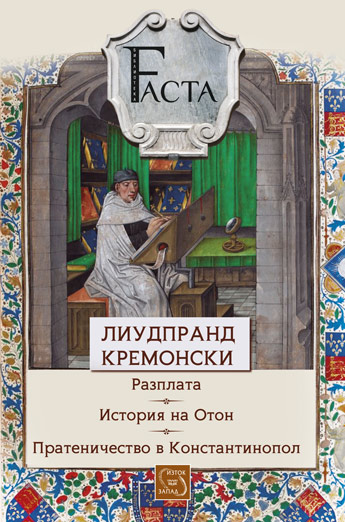
This modern translation of all the surviving literary compositions ascribed to Liudprand, the bishop of Cremona from 962 to 972, offers unrivaled insight into society and culture in western Europe during the "iron century". Since Liudprand enjoyed the favor of the Saxon Roman emperor Otto the Great, and traveled to Constantinople more than once on official business, his narratives also reveal European attitudes toward the Byzantine Empire and the culture of its refined capital city. No other tenth-century writer had such privileged access to the high spheres of power, or such acerbic wit and willingness to articulate critiques of the doings of powerful people. Liudprand's historical texts (the Antapodosis on European events in the first half of the 900s, and his Historia Ottonison the rise to power of Otto the Great) provide a unique view of the recent past against a genuinely European backdrop, unusual in a time of localized cultural horizons. Liudprand's famous satirical description of his misadventures as Ottonian legate at the Byzantine court in 968 is a vital source of information on Byzantine ritual and diplomatic process, as well as a classic of medieval intercultural encounter. Readers interested in medieval European culture, the history of diplomacy, Italian and German medieval history, and the history of Byzantium will find this collection of translated texts rewarding. A full introduction and extensive notes help readers to place Liudprand's writings in context.
More...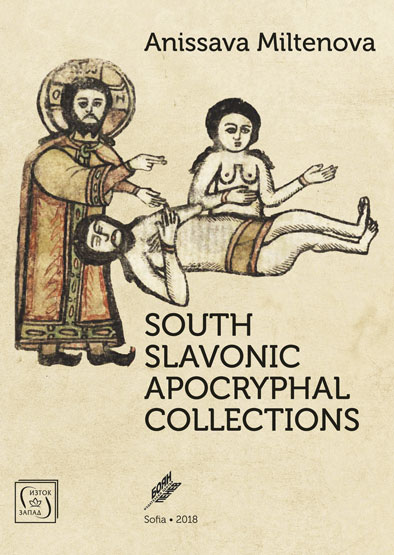
This book represents a study of the textology, typology, sources and literary peculiarities of the so-called ’miscellanies of mixed content' in the South Slavonic tradition (from the end of 13th – the beginning of 18th c.) – less known or unknown in the Humanities. The problem is closely related to the apocryphal collections in the Balkan Cyrillic manuscripts, as the Apocrypha are a significant part of this type of manuscripts. The scope of the study is to popularize the series and texts that fill the gap in the translation and perception of the Slavonic Apocrypha. New information is presented over the sources of translations, as well as the compilation approach of Slavonic writers, which reproduces a new version of the texts. The copies of the Slavonic texts are published in the supplement. The typology of manuscripts is supported by plectograms produced in the Repertory of Old Bulgarian Literature and Letters (http://repertorium.obdurodon.org/).
More...
With this book, you're going to have to go to the fifth We present a review of the papers presented at the Migration Conference to our readers. 35 articles addressing the issue of migration from various disciplines and perspectives share a wide range of reviews. This paper-book offers a selection of more than 100 sessions, panels and workshops in total, as well as the 400 papers presented at the fifth migration conference in Athens, which lasted four days. Many participants from more than 60 countries, from economics to anthropology, sociology to medicine, working in the field of migration from a wide range of disciplines, migration and security, gender, public administration, repatriation migration, law, political participation, diyaspora, media, as well as migration culture and summer presented a large number of papers on the subject.
More...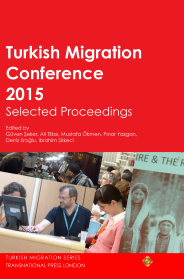
This volume brings together a selection of papers presented at the 3rd Turkish Migration Conference held at Charles University Prague, 25-27 June 2015. This selection of papers presented at the conference are only a small portion of contributions. Many other papers are included in edited books and submitted to refereed journals in due course. There were a total of about 146 papers by over 200 authors presented in 40 parallel sessions and three plenary sessions at Jinonice Campus of Charles University Prague. About a fifth of the sessions at the conference were in Turkish language although the main language was English. Therefore some of the proceedings are in Turkish too.
More...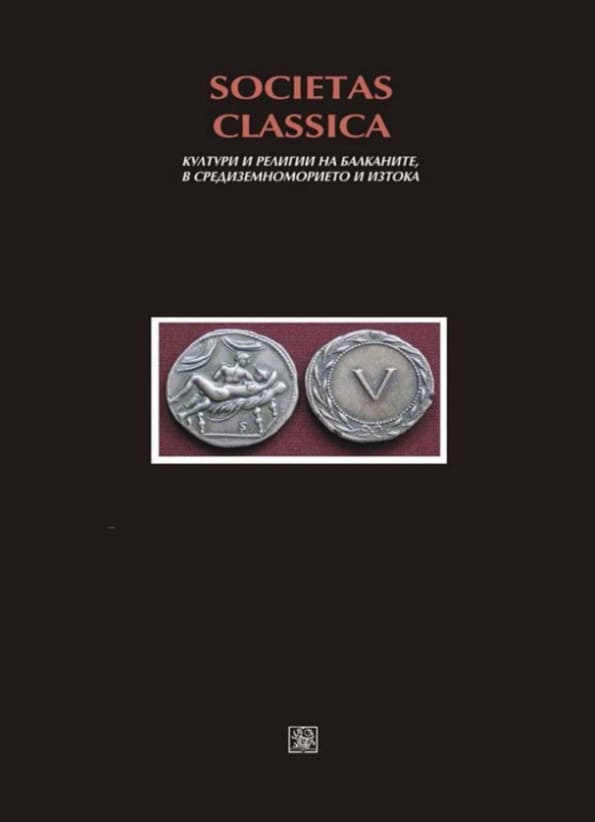
𝑆𝑜𝑐𝑖𝑒𝑡𝑎𝑠 𝐶𝑙𝑎𝑠𝑠𝑖𝑐𝑎 is a multilingual collection of papers presented at the international scientific conference that has been organized by the Department of Classical and Eastern Languages and Cultures of St. Cyril and St. Methodius University of Veliko Tarnovo (Bulgaria) since 2002. Until 2015, the conference was held annually. Since 2018, it is held once every two years. St Cyril and St Methodius University Press issues the collection within the Dr. Nicola Piccolo series. The wide range of topics and the opportunity for authors to submit their academic publications in the original language attracts researchers from all over the world.
More...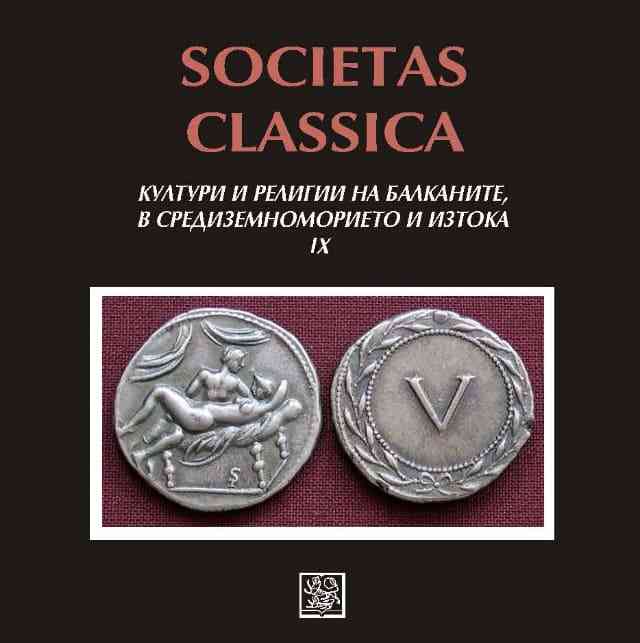
𝑆𝑜𝑐𝑖𝑒𝑡𝑎𝑠 𝐶𝑙𝑎𝑠𝑠𝑖𝑐𝑎 is a multilingual collection of papers presented at the international scientific conference that has been organized by the Department of Classical and Eastern Languages and Cultures of St. Cyril and St. Methodius University of Veliko Tarnovo (Bulgaria) since 2002. Until 2015, the conference was held annually. Since 2018, it is held once every two years. St Cyril and St Methodius University Press issues the collection within the Dr. Nicola Piccolo series. The wide range of topics and the opportunity for authors to submit their academic publications in the original language attracts researchers from all over the world.
More...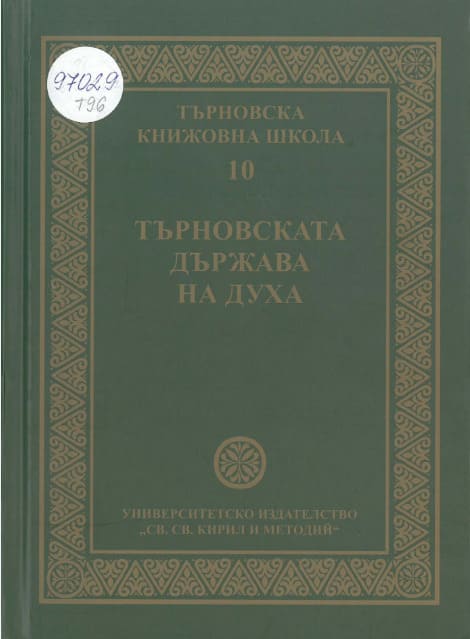
The 𝑇𝑎𝑟𝑛𝑜𝑣𝑜 𝐿𝑖𝑡𝑒𝑟𝑎𝑟𝑦 𝑆𝑐ℎ𝑜𝑜𝑙 collections contain reports from the recurrent international symposium “Tarnovo Literary School”, which is the oldest and most respected forum on Old Bulgarian studies in Bulgaria and worldwide. It was held for the first time in 1971 under the auspices of UNESCO, and the first collection of articles came out in 1976. The𝑇𝑎𝑟𝑛𝑜𝑣𝑜 𝐿𝑖𝑡𝑒𝑟𝑎𝑟𝑦 𝑆𝑐ℎ𝑜𝑜𝑙 collections are among the most cited editions in the fields of Old Bulgarian studies and research into medieval Bulgarian spiritual and material culture from its pre-Tarnovo and Tarnovo periods, as well as on the cultural and literary ties between Byzantium, Bulgaria, and the Eastern Orthodox Slavic world. The main purpose of 𝑇𝑎𝑟𝑛𝑜𝑣𝑜 𝐿𝑖𝑡𝑒𝑟𝑎𝑟𝑦 𝑆𝑐ℎ𝑜𝑜𝑙 is to publish scholarly articles by Bulgarian and foreign researchers in the field of interdisciplinary medieval studies in order to explore the cultural and historical heritage of the Second Bulgarian Empire.
More...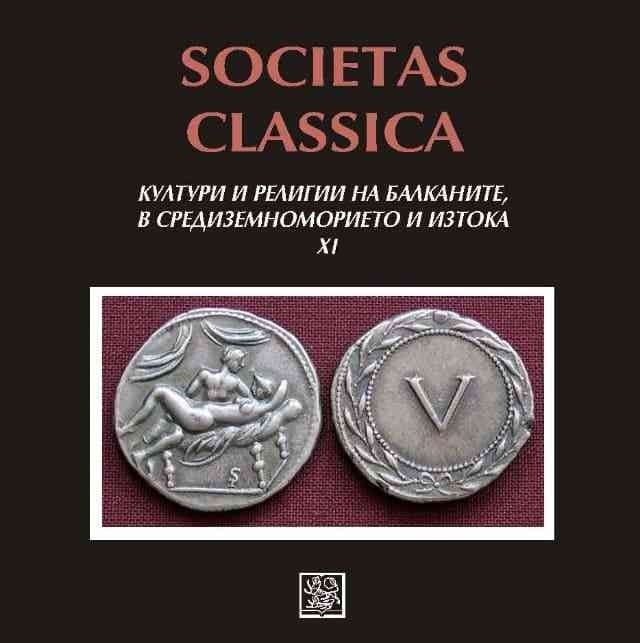
𝑆𝑜𝑐𝑖𝑒𝑡𝑎𝑠 𝐶𝑙𝑎𝑠𝑠𝑖𝑐𝑎 is a multilingual collection of papers presented at the international scientific conference that has been organized by the Department of Classical and Eastern Languages and Cultures of St. Cyril and St. Methodius University of Veliko Tarnovo (Bulgaria) since 2002. Until 2015, the conference was held annually. Since 2018, it is held once every two years. St Cyril and St Methodius University Press issues the collection within the Dr. Nicola Piccolo series. The wide range of topics and the opportunity for authors to submit their academic publications in the original language attracts researchers from all over the world.
More...
Major climate changes, the growth of the world population to almost 8 billion, urban agglomerations, the ever-increasing need for housing and living space, are just a few elements that have led worldwide to the identification of urban policies aimed at solving, if not totally, at least partially, the problems facing the world today. Our study has as main goal to envisage the necessary transformations in medieval cities in order to adapt them to the new sustainability standards, with an emphasis laid on the need for an integrated and balanced approach in the ongoing process of transformation of medieval cities into sustainable cities. Starting from various bibliographic sources specialized in urban planning, architectural history and sustainable development, we intend to stress the importance of preserving urban identity in the present and future development process, by approaching several works regarding historic buildings, areas of cultural value and local traditions, essential to maintaining the link with the past and enriching the urban experience of residents and visitors. By implementing the right strategies and involving local communities, it is possible to create modern cities that provide a healthy and prosperous living environment for both current and future generations.
More...